Notes
Jake Price in Japan: The Road Back
July 26, New York
As I get ready to return to Tōhoku, Japan, I am thinking about being there three months ago following the earthquake, just after the tsunami’s black waters receded and left in their wake a crisis not seen since the atomic attacks of 1945. In substantive ways, the decimated landscapes I witnessed in March were similar to the singed, flattened scenes from Hiroshima and Nagasaki sixty-six years ago. And while man bears responsibility for the nuclear bomb attacks, while the shifting plates beneath the restless Pacific Ocean brought on the tsunami, both events raise crucial questions about modernity, our relationship to one another as human beings, and the future we are to inhabit.
In Tōhoku, I walked through towns and villages, trying to account for and absorb their colossal devastation. Soon, I found my experience transforming into a meditation on modern existence—not just that of the Japanese, but of humanity in general. All around me lay Japan’s ancient rice fields—collective efforts that had helped nurture its citizens to a highly advanced point in a complex society. These fields are now tainted by oil and radioactive fallout. The tsunami’s forces blasted the land, but humanity’s toxic inventions in the form of oil, nuclear waste, and countless other chemicals have poisoned the soil for many more years than the tsunami ever could. What started as a natural disaster became a man-made one. In moving forward, the question then is not how to innovate (we are both victim and beneficiary of our creative minds), but how to innovate without such destructive consequences.
These questions swirl about, and the immediate task of rebuilding in Tōhoku is monumental. Fishing fleets and thousands of acres of farmland were obliterated—soaked first in saltwater and then with radiation. Oil from overturned cars, ships and trucks has compound the problems. For the elderly farmers whose work revolved around their property, many of them will die without a return to what formed and sustained them all their lives. The young searching for employment will depart for the cities with more opportunities, thus leaving their small towns and communities barren. This trend was well established before the catastrophe; the tsunami has just accelerated it.
For much of the past fifteen years I’ve covered environmental catastrophes in Pakistan, Haiti, New Orleans, and Kenya, among other places. Photos of aftermath serve an immediate need to get the public involved in sending aid, but in many other ways, I’ve also come to see how disasters also reveal complex portraits of the societies they so violently assault. The identity portrait that revealed itself in Japan had a strongly ingrained sense of individual responsibility that operated on two levels: It empathized with individuals in need and also responded to the society at large with an abiding duty and pride. As plans are made to rebuild communities, I wonder if that sense of duty and pride will come to include planning for a more sustainable future.
–Jake Price
PHOTOGRAPHS by JAKE PRICE
This is the first post of a series that will examine how the people of Tōhoku are going about recovering their lives and making decisions for the future. See Jake’s previous post from the disaster: Dispatch From The Quake Zone.
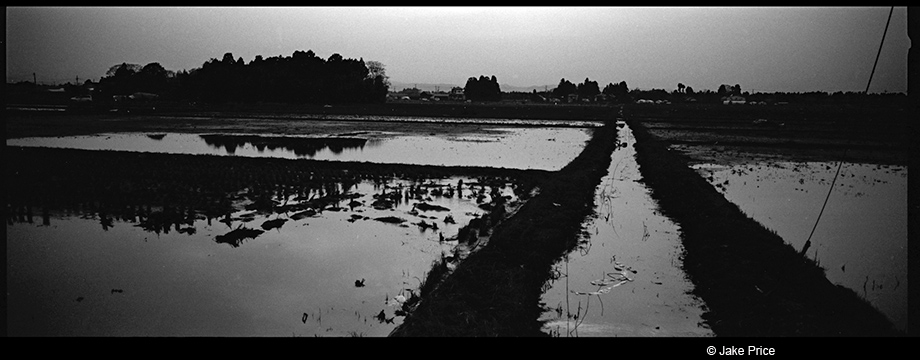
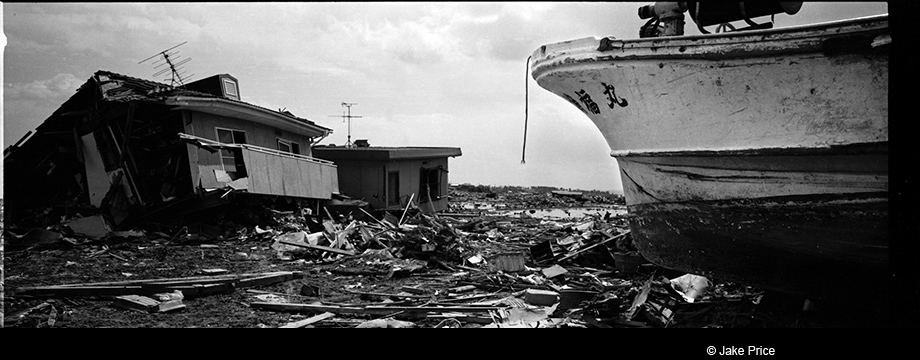
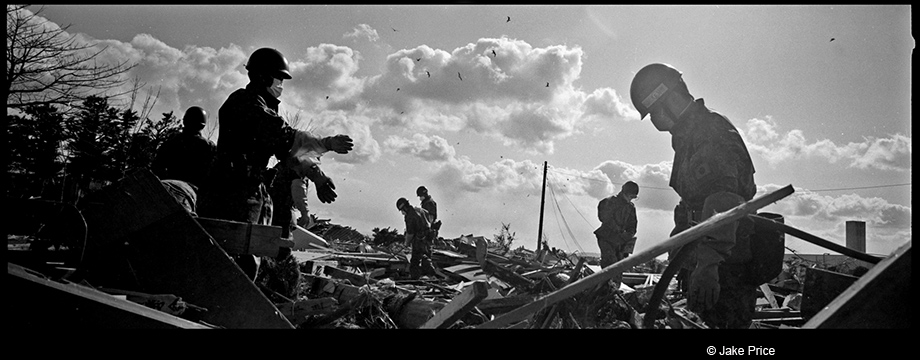
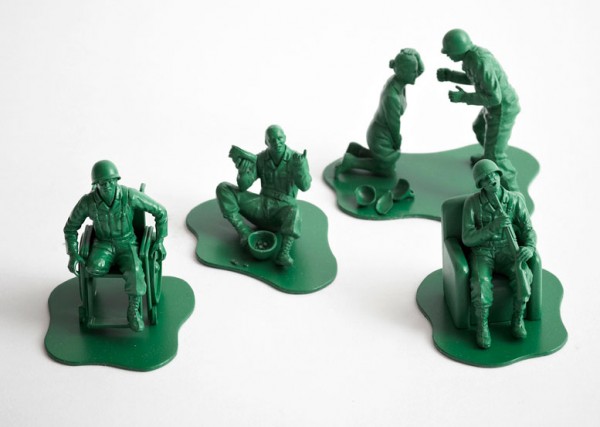
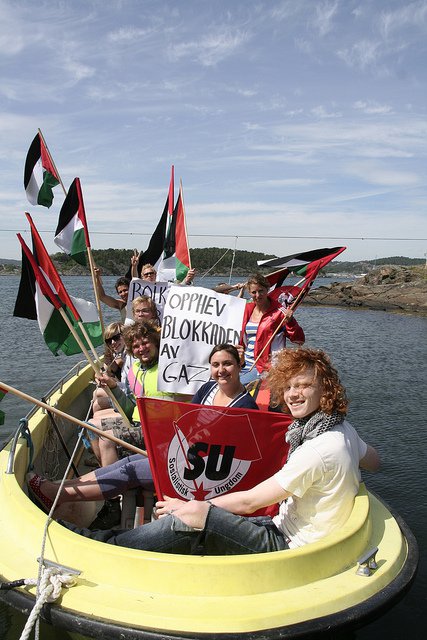
Reactions
Comments Powered by Disqus